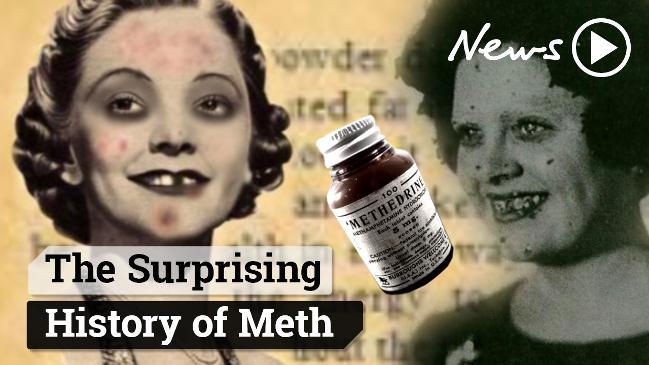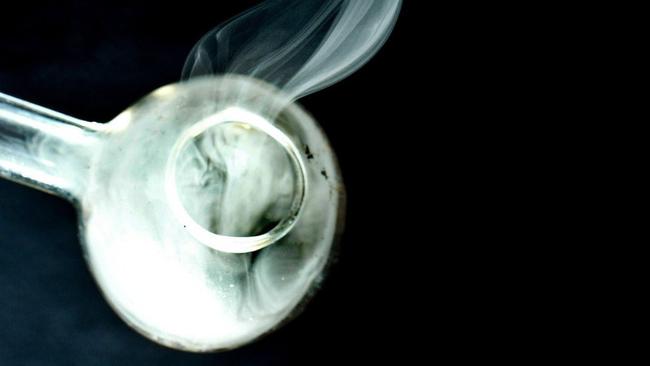Parents on ice pass on health impacts to babies with new SA study showing an increase in incidents
The ice epidemic has become so bad in SA that “significant numbers” of small children may be exposed to the drug by their parents, even in the womb, a new study shows.

SA News
Don't miss out on the headlines from SA News. Followed categories will be added to My News.
- Twenty five per cent increase in Adelaide ice epidemic
- The Advertiser +Rewards – latest giveaways, special offers and competitions for digital subscribers
The ice epidemic has become so bad that “significant numbers” of children may be exposed through their parents.
A study has found methamphetamine in seven South Australian children who had autopsy examinations at Forensic Science SA, with doctors fearing the results suggest “significant numbers” of the very young may be exposed to the illicit drug.
Forensic Science SA and Adelaide University researchers studied coronial drug records of 373 SA children who died since 2002 under the age of 13, and found evidence of methamphetamine was an “increasing” problem.
The study found no evidence that drugs had deliberately been given to the children, but entered their bodies in the womb, through breast milk, milk formula contamination, or exposure in the home.
In two cases the drug may have contributed to the deaths of the children, one from breast milk.

The study has been published in the Journal of Forensic Sciences.
Adelaide University co-author Professor Roger Byard said the study showed the need to keep illicit drugs away from children, and be aware that they could be passed from mother to child. “Methamphetamine was considered potentially contributory to death in two cases, one with birth complications, and the other with a significant methamphetamine concentration following breastfeeding,” he said.
“As this is only a very small and select population, it would suggest that there may be significant numbers of the very young undetected in the Australian population who are being exposed to this drug.
“This clearly parallels the increase in use of amphetamines that has occurred in Australia in recent years.
“According to the Australian Criminal Intelligence Commission’s 2015–2016 Illicit Drug Report, 67 per cent of illicit drug seizures in South Australia were related to amphetamine-type substances, exceeding cannabis seizures.
“The long-term physical and psychological effects of this exposure are unclear but are of concern.”
The seven dead children with methamphetamines present in their bodies were aged from 21 weeks gestation to five years old.
Professor Byard said the study had shown an increase in the number of children with methamphetamine detected in recent years.
No case was recorded between 2002 and 2006, one between 2007 and 2011, and from 2012 to 2016 there were six cases.
“This study has demonstrated a steady increase in numbers of infants and young children presenting to forensic autopsy in South Australia who have detectable levels of methamphetamine,’’ Professor Byard said.
“As six of the seven positive cases occurred in the 2012–2016 time frame, an increase has occurred over recent years in the number of infants and young children presenting to forensic autopsy in South Australia who have detectable concentrations of methamphetamine.
“If this is an indication of a more generalised increased childhood exposure in the community there may be significant long‐term physical and psychological effects.
“Methamphetamine is one of the most commonly abused illicit drugs in Australia.”
Professor Byard said 37 different drugs were detected in the bodies of the children who had died.
These included common prescription medications such as paracetamol, ibuprofen, codeine as well as hospital-administered lignocaine and morphine.
